Name James Porter | Role Artist | |
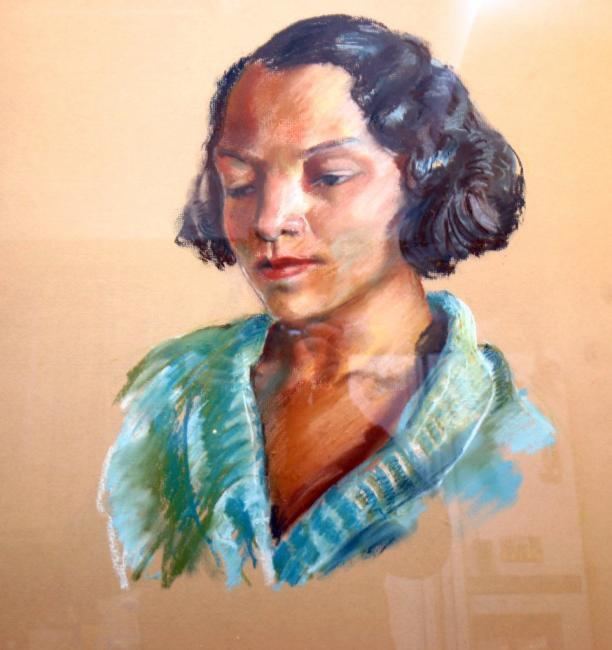 | ||
Died February 28, 1970, Washington, D.C., United States Education | ||
David driskell my inspirations at howard university my mentor james a porter
James Amos Porter (December 22, 1905 – February 28, 1970 age: 65) was a pioneer in establishing the field of African-American art history. He was instrumental as the first scholar to provide a systematic, critical analysis of African-American artists and their works of art. An artist himself, he provided a unique and critical approach to the analysis of the work. Dedicated to educating and writing about African-American artists, Porter set the foundation for artists and art historians to probe and unearth the necessary skills essential to their artistic and scholarly endeavors. Porter’s determination to document and view African-American art in the context of American art created the canon.
Contents
- David driskell my inspirations at howard university my mentor james a porter
- 48 28th james a porter benefit gala and awards dinner dr floyd w coleman
- Biography
- Marriage and family
- African American art history
- Teaching colleagues and students
- Honors and legacy
- References
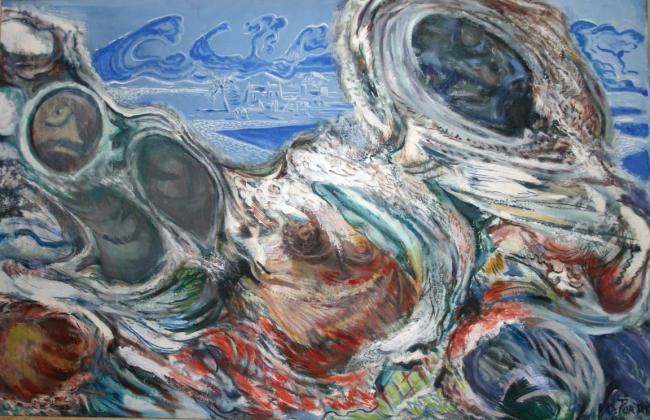
48 28th james a porter benefit gala and awards dinner dr floyd w coleman
Biography

Born in Baltimore, Maryland, Porter had a long career in the visual arts as an artist and historian. Under the direction of James V. Herring, head of the Art Department at Howard University, Porter studied painting, drawing, and art history. Porter was a member of Alpha Phi Alpha.
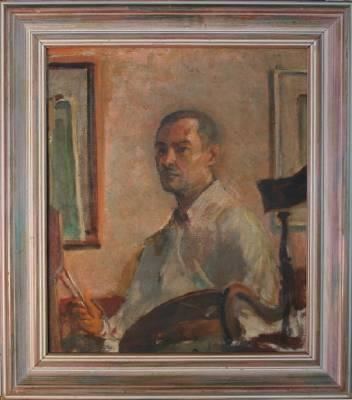
Upon graduating with a bachelor of science in 1927, he accepted a position as instructor of painting and drawing at Howard. Throughout his academic professional career, Porter also painted, and continued to exhibit nationally and internationally.
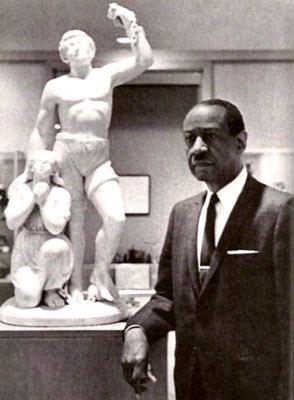
After completing undergraduate work, Porter attended the Art Institute in New York City. He also studied in Paris at the Institute of Art and Archeology at the Sorbonne, where he received a Certificat de Présence in 1935. When Porter returned to the United States, he pursued an M.A. in art history at New York University, completing it in 1937. Porter’s thesis, later the foundation for his book, Modern Negro Art, focused on African-American artists and artisans.
Marriage and family

During his studies, Porter met Dorothy Burnett, a librarian at the Harlem branch of the New York Public Library, where he did research. On December 27, 1929, Porter and Burnett were married. They had one daughter, Constance Porter. They became professional as well as personal partners. Dorothy worked with Porter, providing bibliographic information critical to his investigations. Both worked at Howard University. Dorothy Porter was the director of Moorland Foundation, later known as the Moorland-Spingarn Research Center. She developed and catalogued information about African-American artists.
African-American art history
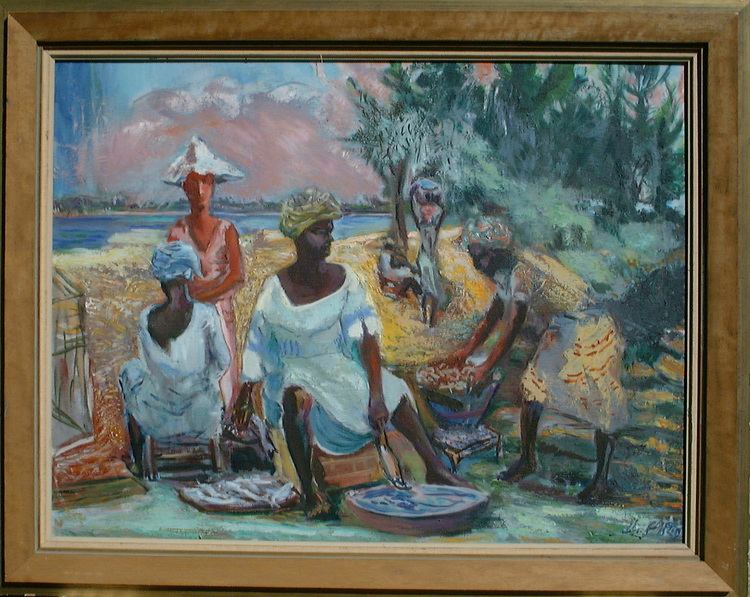
Porter’s interest in nearly forgotten and often ignored artists of African descent was sparked by reading a brief article on African-American landscape artist Robert Scott Duncanson. Due to the account's brevity, Porter followed his curiosity to research Duncanson and other artists of African descent.
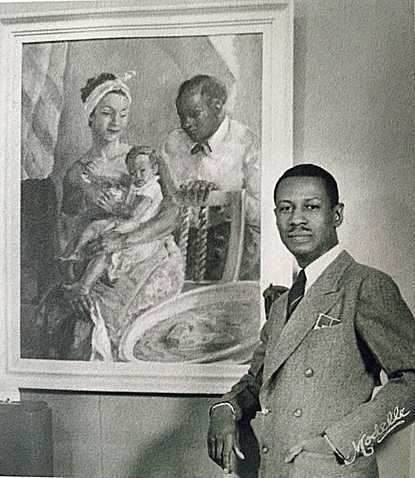
He published Modern Negro Art in 1943, the first comprehensive study in the United States of African-American art. Porter decisively placed African-American artists within the framework of American art. He was the first to recognize and document the significant contributions these artists made to the history of American art. With Porter’s systematic approach, Modern Negro Art became and still is the foundation of African-American art history and for later texts.

Porter included art of Cuba, Haiti, and Africa in his investigations of artists of the African diaspora. He visited Haiti and Cuba on a Rockefeller Foundation grant in 1945/46. The Cuban government spurned his painting, The Cuban Bus. His thorough research on these countries and West Africa stimulated his creating courses at Howard in "Latin American Art" and "African Art and Architecture".
Teaching – colleagues and students
Porter taught at Howard for more than forty years, together with artists such as James Lesesne Wells and Lois Mailou Jones. He headed the Art Department, and served as Director of the Art Gallery from 1953 through 1970.
The list of artists who studied under Porter is a long one. It includes Tritoba Hayes Benjamin, David C. Driskell, Sylvia Snowden, Mildred Thompson (1936–2003) and many others. Mildred Thompson wrote of Porter that he
"...was a kind and gentle teacher. His method was personal and individual. He taught me step by step as if guiding me through an initiation. He watched over the development of my crafts while at the same time helping me to develop the character that would enable me to practice the craft for a lifetime."
Honors and legacy
Porter, "father of African American art history", left a strong cultural and educational legacy. Scholars in the field continue to explore and document artists of the Diaspora. Porter’s artistic and historical work provided a solid foundation for current and future scholars. Many scholars owe Porter for the inspiration to probe the depths of African-American visual culture and attest to its significance to American culture. --Jeffreen Hayes, Scholar
On February 25, 2010 Swann Galleries auctioned an immense archive of research material amassed by Porter; it consisted of photographs, letters, exhibit catalogues, art books, flyers, and bibliographical data on important African-American artists. Acquired by Emory University, the papers include correspondence from virtually every major African-American artist from the 1920s forward: Romare Bearden, Lois Mailou Jones, Meta Fuller, Elizabeth Catlett, Hughie Lee-Smith, and many others.
